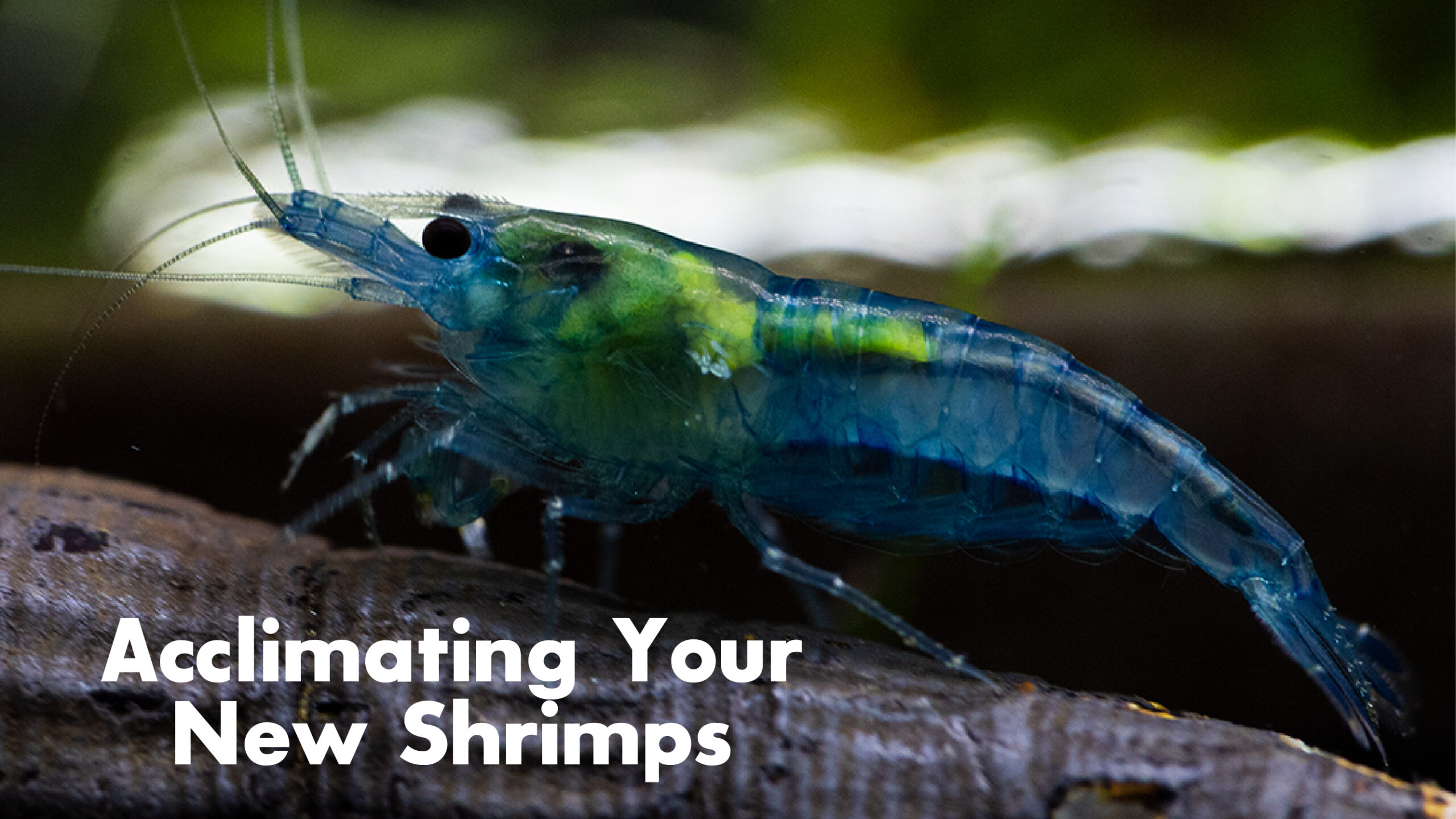Compared to fish, shrimps are much more sensitive to sudden changes in their environment. This sudden change can give them a shock and ultimately kill them. Drip acclimation is a process of slowly acclimatizing (in simpler terms “slowly introducing”) your shrimps to their new environment by minimising the chance of shock. By doing this, your shrimps will be able to safely acclimate to your aquarium’s temperature and other parameters.
What To Do Before Getting Shrimps?
Before considering shrimps for your aquarium, make sure the environment in the aquarium is ideal for your shrimps to live comfortably. Here are a few things to consider before getting shrimps:
- The aquarium is already cycled and established.
- A suitable environment for shrimps to be comfortable.
- If you have fish, make sure they aren’t aggressive or able to eat your shrimps.
- Water parameters are stable and suitable for shrimps (pH, KH, GH, temperature, etc.).
- Prepare equipment needed for acclimation.
Equipment Needed For Acclimation
There are a few pieces of equipment that are needed to help with shrimp acclimation, you may already have some of these lying around. If not, they aren’t very expensive equipment and are commonly available at pet stores.
- Airline tubing
- A large container (bucket, bowl, etc.)
- Control nozzle (optional for convenience)
- Clothespins or clips (optional for securing the tubing)
- Small net
If everything is in check, it is time to prepare your shrimp for their new home!
1. Empty The Bag Of Shrimps Into A Container
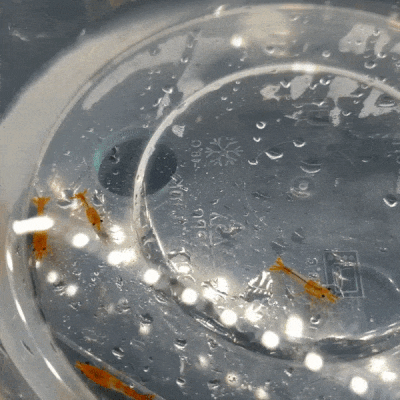
Once you have your shrimps at home, empty the bag of shrimps along with the water inside into a large container you have lying around. The container can be a bowl, bucket, or plastic container as long as it can hold quite a bit of water. Make sure the container’s base is not too wide so it can hold some water for your shrimps to swim around.
2. Tie A Knot Or Attach A Control Nozzle To An Airline Tubing
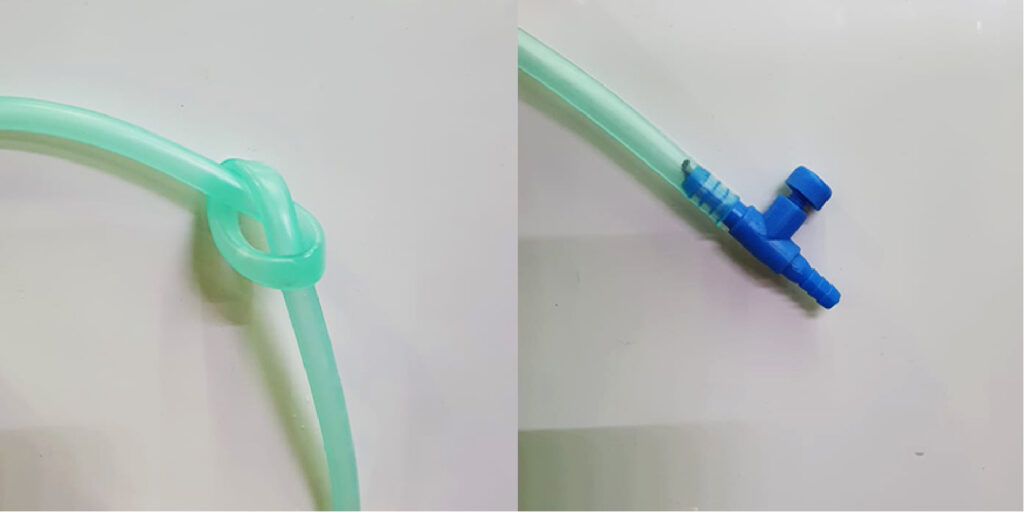
Tie a knot OR attach a control nozzle (if you have one) to the airline tubing. The knot or nozzle is going to be used to control the amount of water going into the container for your shrimps to acclimate to. If you don’t have a control nozzle, a knot on the tubing is more than enough.
3. Start Syphoning
Start syphoning water from your aquarium to the container that your shrimps are in. Suck the end of the tubing to get water to flow. Make sure the container is a lower level than your aquarium to allow the syphoning to happen. You might also want to secure the tubing to your aquarium and the container with some clips or clothespins to make sure the tubing doesn’t slip out.
4. Control The Dripping
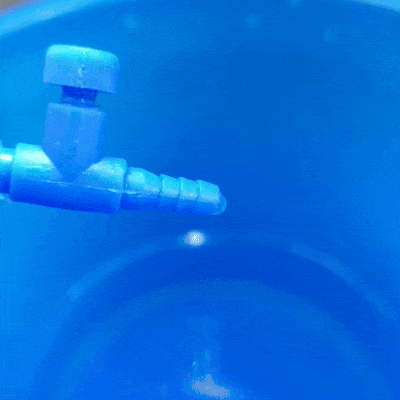
Control the number of drips by tightening the knot (if you’re doing the knot method) or adjust the screw on the nozzle (if you’re using a control nozzle). The number of drops going into the container should be around 2-3 drops per second.
5. Wait For At Least 3 Hours
Now comes the most dreadful process… the waiting. Give a minimum of at least 3 hours for your shrimps to slowly acclimate to the new water parameters. During the waiting period, do check on the shrimps from time to time to make sure everything is still in place. Make sure the container is not getting too full or overflowing. If the water in the container is getting full, you can remove some water to make some space.
6. Net Them Out
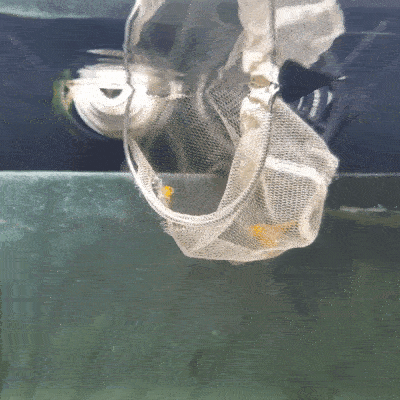
After the waiting game, net the shrimps out with a small net and carefully introduce them into the aquarium. Do not add the water from the container back into the aquarium. If the aquarium water is a bit low, you can top it back up with some dechlorinated water.
7. Turn Off The Lights
For some extra comfort, you should turn off the aquarium light for a day to decrease stress and allow the shrimps to get comfortable in their new environment. A constant bright light over them doesn’t do well to help them feel secure and comfortable.
8. Enjoy Your Shrimps
Once they are comfortable, your little shrimps will be actively moving around your tank. They will be constantly picking on things to eat (especially algae and biofilm). Be sure to check up on the little guys to make sure they’re not sick, your fish aren’t harassing them and they are moulting properly.
Happy Shrimp Keeping!

